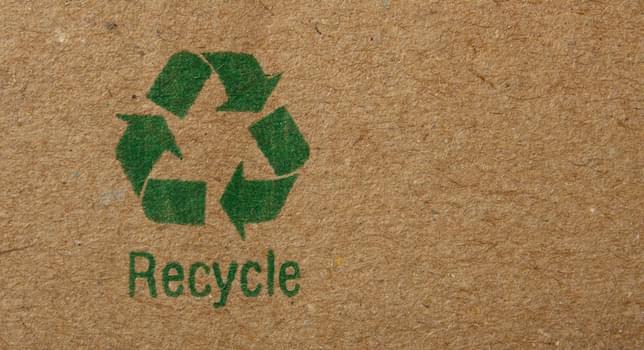
Consumer awareness and discussions about the climate have ebbed and flowed for decades, however 2020 accelerated those discussions and the subsequent impact this has on the print industry. While printing may not be the primary offender in the proliferation of greenhouse gases, the printing supply chain networks and lifecycle are contributing to the problem. This report examines the outlook for global green printing through 2026. It presents an analysis of developments in the market, taking into account the emerging technologies, key drivers and trends that will influence demand and consumption of green printed products for the forecast period.
Our exclusive content
This report is based on extensive primary and secondary research. Primary research consisted of targeted interviews with printing material suppliers, converters and experts drawn from key markets. This was supported by secondary research in the form of extensive literature analysis of published data, official government statistics, domestic and international trade organisation data, company websites, industry reports, trade press articles, presentations, and attendance at trade events.
Who should buy this report?
David Zwang has helped companies increase their productivity, margins and market reach for over 40 years. He specialises in process analysis, automation, engineering and strategic development of firms in the fields of publishing and packaging across the globe. His expertise in production optimisation, strategic business planning and market analysis has transformed many businesses. He is currently the Chairman of the GWG and sits on many standards’ bodies.
Our exclusive content
- The current state of green printing, shifting consumer attitudes and the market shifts that ultimately provide the basis for its growth
- For printing to be green the graphic communications supply chain must find ways to ‘clean up its act’
- The circular economy replaces the end-of-life concept with restoration, shifts towards the use of renewable energy, eliminates the use of toxic chemicals and aims for the elimination of waste.
- Green printing at a very basic level is that which is produced using environmentally and socially sustainable materials and processes for environmentally and socially sustainable products and services
- Green printing is based on creating and producing products that design out waste and pollution, keep products and materials in use, and regenerate natural systems, known as a circular economy
- The rising consumer demand for more eco-friendly products is fuelling the research and development of new packaging and printing substrate options
- Technological developments in eco-inks, such as vegetable-based eco-solvent inks and waterless-based inks that are less damaging to the environment
- As more business and production processes move to the cloud, there will be an increase in distributed print with centralised operation functions, providing opportunities for more sustainable practices.
This report is based on extensive primary and secondary research. Primary research consisted of targeted interviews with printing material suppliers, converters and experts drawn from key markets. This was supported by secondary research in the form of extensive literature analysis of published data, official government statistics, domestic and international trade organisation data, company websites, industry reports, trade press articles, presentations, and attendance at trade events.
Who should buy this report?
- Printers
- Raw material and consumables suppliers
- Printing machinery and equipment suppliers
- Print end users
- Consultants and analysts
David Zwang has helped companies increase their productivity, margins and market reach for over 40 years. He specialises in process analysis, automation, engineering and strategic development of firms in the fields of publishing and packaging across the globe. His expertise in production optimisation, strategic business planning and market analysis has transformed many businesses. He is currently the Chairman of the GWG and sits on many standards’ bodies.
